When is the best time to plant yellow squash in Oklahoma?
rhodges
16 years ago
Related Stories

EDIBLE GARDENSSummer Crops: How to Grow Squash
Almost foolproof and with cheerful flowers, squash comes in a wide range of varieties to plant in spring
Full Story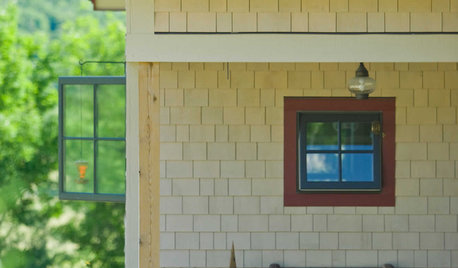
EXTERIOR COLORWhen to Paint Your Home Yellow
Be a cheer leader with this color that captures the sun and radiates a warm welcome
Full Story
GARDENING GUIDESWhen and How to Plant a Tree, and Why You Should
Trees add beauty while benefiting the environment. Learn the right way to plant one
Full Story
GARDENING GUIDESGot Frost-Damaged Plants? How It Happens, and When and How to Prune
Crispy brown leaves are a sure sign that Jack Frost has been to your neighborhood
Full Story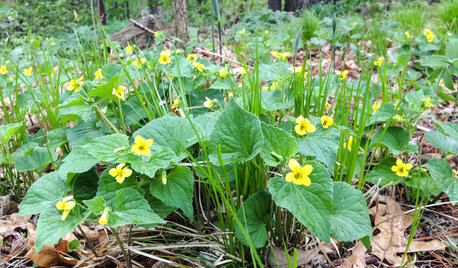
GARDENING GUIDESGreat Design Plant: Viola Pubescens Dots Woodlands With Yellow
Plant downy yellow violet in eastern U.S. woodland gardens for its heart-shaped leaves and bright yellow flowers
Full Story
FALL GARDENINGWhy Fall Is the Best Time for Planting
Spring is overrated for planting. Starting plants in autumn has advantages for both garden and gardener
Full Story
GARDENING GUIDES10 Easy Edibles for First-Time Gardeners
Focus on these beginner-friendly vegetables, herbs, beans and salad greens to start a home farm with little fuss
Full Story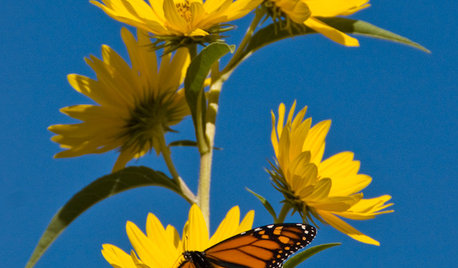
GARDENING GUIDESGreat Design Plant: Helianthus Maximiliani Attracts Beneficial Insects
Maximilian sunflower’s striking yellow flowers light up the fall landscape and attract pollinators and beneficial insects at a crucial time
Full Story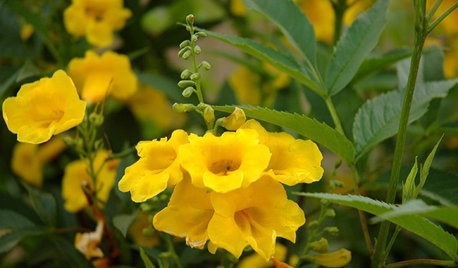
GARDENING GUIDESGreat Design Plant: Yellow Bells, a Screening Queen
With its large size and copious golden flowers, this shrub can cover walls or screen unsightly views with ease
Full Story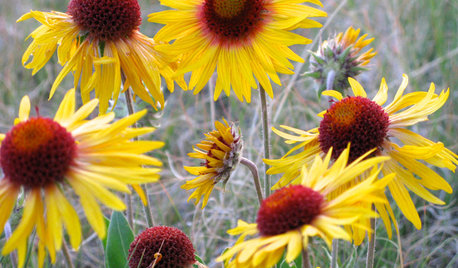
FLOWERS AND PLANTSBlanketflower’s Yellow Blooms Brighten Up Summer and Fall Gardens
Gaillardia aristata welcomes wildlife, shrugs off drought and poor soils, and can help restore grasslands
Full Story






Okiedawn OK Zone 7
ilene_in_neok
Related Professionals
Holly Springs Landscape Architects & Landscape Designers · Clemson Landscape Architects & Landscape Designers · Willowick Landscape Architects & Landscape Designers · Paradise Landscape Architects & Landscape Designers · Belvedere Park Landscape Contractors · Coram Landscape Contractors · Cordele Landscape Contractors · Fort Worth Landscape Contractors · Palatine Landscape Contractors · Rockville Landscape Contractors · San Rafael Landscape Contractors · Arlington Heights Decks, Patios & Outdoor Enclosures · Palmetto Decks, Patios & Outdoor Enclosures · Salisbury Decks, Patios & Outdoor Enclosures · South Houston Decks, Patios & Outdoor Enclosuresjanetokla